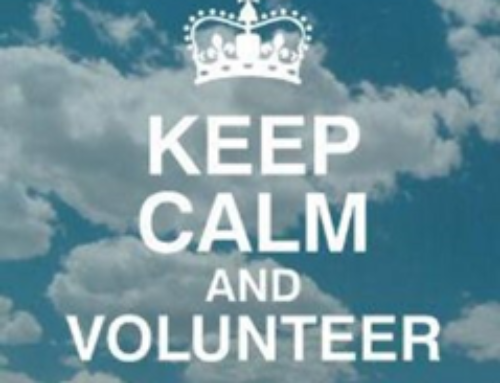A version of this post originally appeared on Media Bullseye.
Think about five-letter words that put a smile on your face. I’ll throw some out there for starters: Dance. Puppy. Marry. Beach. Salsa.
You get the picture.
I bet the word “audit” would never make it onto your list. But if there’s a single five-letter word that should be at the top of every Social PR pro’s vocabulary, that’s the one.
“Audit.” Say it once, and then again with feeling. “Audit.” That’s the word that, when used with care, can set an upward trajectory for your PR programs like very little else.
It’s usually pretty easy for us PR pros to come up with great ideas for our clients and organizations. After all, we tend to be a creative lot, and we’re used to coming up with “hooks” and stunts to get people’s attention.
But if we don’t know why we’re creating hooks, or stunts, or campaigns to get people’s attention, what’s the point of it all? Isn’t it really just a lot of “sound and fury signifying nothing”?
That, my friends, is why an audit – clinical as it might sound – is so critical to our work.
Because when we start out assessing the landscape, digging deep to find out what communication “holes” our programs and/or campaigns need to fill, and how doing so helps our organizations move closer to their business objectives… that’s when we are engaging in work that is of real value to our companies.
Case in point.
In 2015, I was approached by a healthcare-related organization to devise a measurement program for their PR efforts. You may know that I’m a bit fiendish when it comes to measurement, so I was delighted to hear this.
But as we talked, and explored what their PR was supposed to, and how key stakeholders understood/related to their core messages and apparent mission, we realized that there was a lot of confusion around said messages. So I said, “Hold up.”
I suggested that, instead of devising a measurement program right off the bat, first we needed to figure out what exactly we were measuring. And in order to do that, we needed to audit the organization’s messaging, as well as its stakeholders’ awareness of said messaging as it conveyed (or didn’t convey) the organization’s mission.
I was bowled over when they saw the value in undertaking this process.
Because, let’s face it, a lot of organizations pay lip service to research, yet few actually put their money where their tonsils are.
So we devised a multi-faceted communications audit to identify:
- what the organization said it did,
- what its audiences thought it did, and
- how to bridge the gap between the two.
We surveyed internal stakeholders. External stakeholders. We did a media analysis. We set up and embarked on a massive social media analysis. Online. Offline. At times it got so crazy I wanted to poke my eyes out with a fork.
But the insights we got from all that listening were so golden, so amazing, that the organization actually put other projects – like a major website redo – on hold, so that it could use the audit findings and suggested strategy to revamp how it approaches its communications.
It takes a lot of guts to do that. And no, it wasn’t super-cheap. But think of how much money they saved in the long run, and how useful these insights will be for years to come.
That’s why I love the word “audit” so much. Because when used well, it truly is the wind beneath our Social PR wings.
Image: Octavio Fossatti via Unsplash, CC Zero










Great article Shonali
It’s amazing the insights we can glean when we really take the trouble to listen.
We marketers sometimes need to speak a little less and listen a little more. So when we finally do speak, we’ll have something our audience really wants to hear.
Clement
Thanks, Clement!